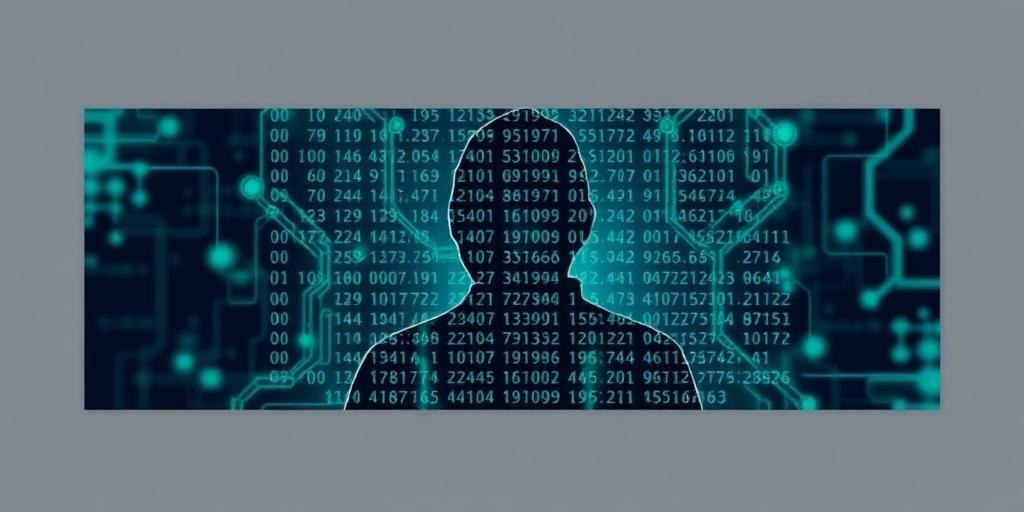In today's interconnected world, maintaining a secure digital persona is more important than ever. Whether you're concerned about privacy, security, or simply controlling your online narrative, understanding the principles of online anonymity is crucial. This guide provides a comprehensive overview of the tools, techniques, and best practices for crafting a secure digital persona.
Understanding the Need for Online Anonymity
Before diving into the 'how,' let's address the 'why.' Online anonymity isn't just for whistleblowers or those with something to hide. It's a fundamental aspect of digital self-defense. Reasons for seeking online anonymity include:
- Protecting personal information: Safeguarding your data from marketers, data brokers, and potential identity thieves.
- Expressing dissenting opinions: Participating in online discussions without fear of censorship or retribution.
- Maintaining privacy: Limiting the amount of information available about you online.
- Bypassing geo-restrictions: Accessing content that may be blocked in your region.
Key Tools and Techniques for Online Anonymity
Several tools and techniques can help you create a more secure digital persona. Here are some essential components:
- Virtual Private Network (VPN): A VPN encrypts your internet traffic and routes it through a server in a location of your choosing, masking your IP address and location.
- Tor Browser: Tor is a free and open-source browser that routes your traffic through a network of relays, making it extremely difficult to trace your online activity back to you.
- Proxy Servers: Similar to VPNs, proxy servers act as intermediaries between your computer and the internet, masking your IP address.
- Encrypted Messaging Apps: Apps like Signal and Wire use end-to-end encryption to protect your communications from eavesdropping.
- Anonymous Email Services: Services like ProtonMail and Tutanota offer encrypted email accounts that protect your privacy.
- Privacy-Focused Search Engines: Search engines like DuckDuckGo don't track your searches or personalize results based on your browsing history.
- ** burner phone and email:** Use a temporary phone number and email address for sensitive communications.
Best Practices for Maintaining Online Anonymity
Using the right tools is only half the battle. Maintaining online anonymity requires consistent adherence to best practices:
- Minimize your digital footprint: Be mindful of the information you share online. Avoid posting personal details on social media or other public forums.
- Use strong, unique passwords: Use a password manager to generate and store strong, unique passwords for all your online accounts.
- Enable two-factor authentication (2FA): 2FA adds an extra layer of security to your accounts, requiring a second verification method in addition to your password.
- Be wary of phishing scams: Phishing emails and websites are designed to trick you into revealing personal information. Be cautious of suspicious emails or links.
- Disable location services: Disable location services on your devices and apps to prevent your location from being tracked.
- Review privacy settings: Regularly review and adjust the privacy settings on your social media accounts and other online services.
- Use different personas: Consider using different online personas for different activities to compartmentalize your online identity.
- Clear your browsing history and cookies: Regularly clear your browsing history, cookies, and cache to remove traces of your online activity.
Advanced Techniques for Enhanced Anonymity
For those who require a higher level of anonymity, several advanced techniques can be employed:
- Whonix: Whonix is a Debian-based Linux distribution designed for anonymity. It uses Tor to route all traffic through a secure network.
- Qubes OS: Qubes OS is a security-focused operating system that uses virtualization to isolate different applications and activities.
- Tails: Tails (The Amnesic Incognito Live System) is a live operating system that can be booted from a USB drive or DVD. It's designed to leave no trace on the host computer.
Potential Risks and Limitations
While online anonymity can provide significant benefits, it's important to be aware of its limitations and potential risks:
- No guarantee of complete anonymity: No method can guarantee complete anonymity online. Determined adversaries may still be able to deanonymize you.
- Increased risk of malware: Using anonymity tools can increase your risk of exposure to malware. Be sure to use a reputable antivirus program and keep your software up to date.
- Difficulty accessing some services: Some websites and services may block Tor or VPN users.
- Legal considerations: In some jurisdictions, using anonymity tools may be illegal or subject to restrictions.
Conclusion
Crafting a secure digital persona is an ongoing process that requires vigilance and a commitment to best practices. By understanding the tools and techniques discussed in this guide, you can take control of your online identity and protect your privacy in an increasingly interconnected world. Remember to stay informed, adapt to evolving threats, and prioritize your security.









